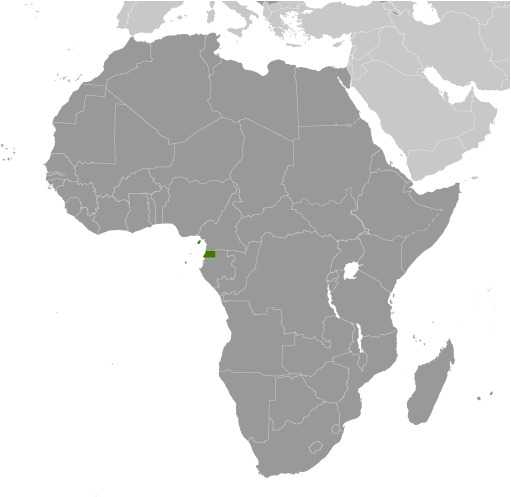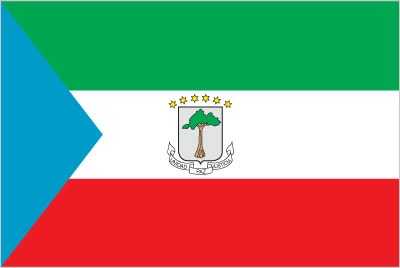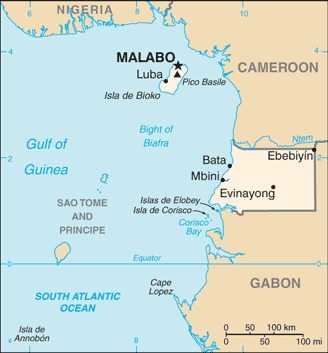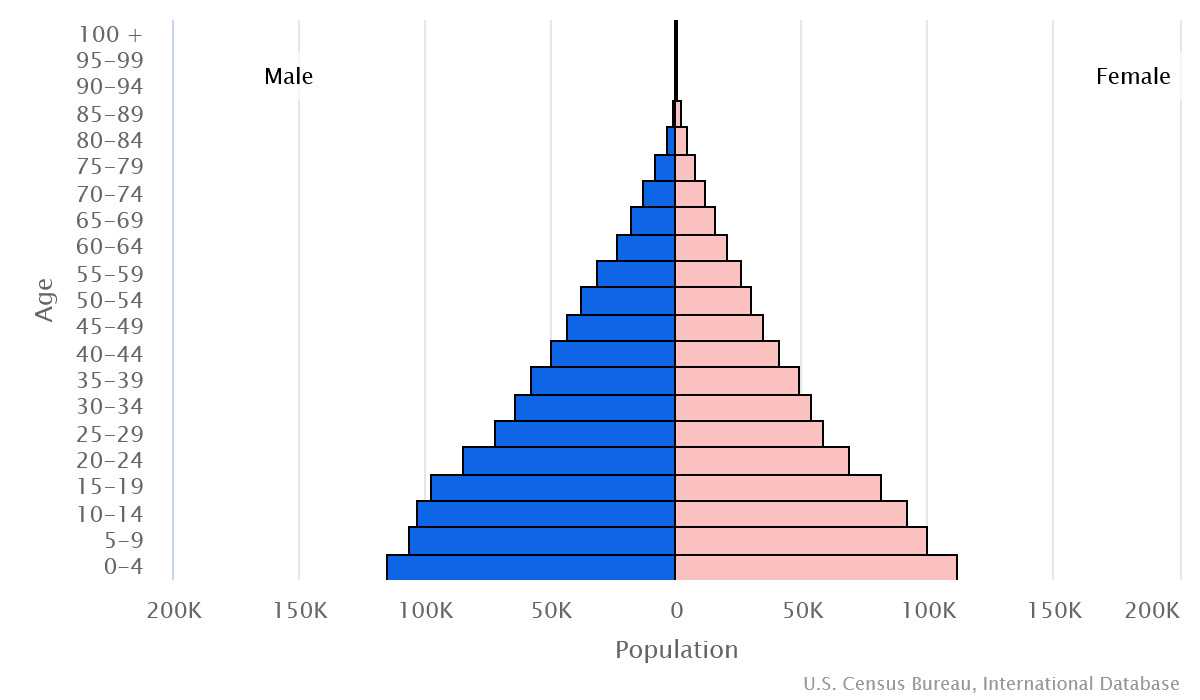Introduction
Background
Equatorial Guinea gained independence in 1968 after 190 years of Spanish rule. It is one of the smallest countries in Africa consisting of a mainland territory and five inhabited islands. Major oil reserves were discovered offshore in the late 1990s, but systemic corruption has hindered economic development.
Geography
Area
total : 28,051 sq km
land: 28,051 sq km
water: 0 sq km
Climate
tropical; always hot, humid
Natural resources
petroleum, natural gas, timber, gold, bauxite, diamonds, tantalum, sand and gravel, clay
People and Society
Population
total: 1,795,834
Ethnic groups
Fang 78.1%, Bubi 9.4%, Ndowe 2.8%, Nanguedambo 2.7%, Bisio 0.9%, foreigner 5.3%, other 0.7%, unspecified 0.2% (2011 est.)
Languages
Spanish (official) 67.6%, other (includes Fang, Bubi, Portuguese (official), French (official), Fa d'Ambo spoken in Annobon) 32.4% (1994 est.)
Religions
Roman Catholic 88%, Protestant 5%, Muslim 2%, other 5% (animist, Baha'i, Jewish) (2015 est.)
Population growth rate
3.23% (2024 est.)
Government
Government type
presidential republic
Capital
name: Malabo; note - Malabo is on the island of Bioko; some months of the year, the government operates out of Bata on the mainland region.
Executive branch
chief of state: President OBIANG Nguema Mbasogo (since 3 August 1979)
head of government: Prime Minister Manuela ROKA Botey (since 1 February 2023)
Legislative branch
description: bicameral National Assembly or Asemblea Nacional consists of:
Senate or Senado (70 seats statutory, 74 seats for current term; 55 members directly elected in multi-seat constituencies by closed party-list proportional representation vote, 15 appointed by the president, and 4 ex-officio)
Chamber of Deputies or Camara de los Diputados (100 seats; members directly elected in multi-seat constituencies by closed party-list proportional representation vote to serve 5-year terms)
Economy
Economic overview
growing CEMAC economy and new OPEC member; large oil and gas reserves; targeting economic diversification and poverty reduction; still recovering from CEMAC crisis; improving public financial management; persistent poverty; hard-hit by COVID-19
Real GDP (purchasing power parity)
$28.938 billion (2023 est.)
$30.685 billion (2022 est.)
$29.585 billion (2021 est.)
Real GDP per capita
$16,900 (2023 est.)
$18,300 (2022 est.)
$18,100 (2021 est.)
Agricultural products
sweet potatoes, cassava, plantains, oil palm fruit, root vegetables, bananas, coconuts, coffee, cocoa beans, chicken (2022)
Industries
petroleum, natural gas, sawmilling
Exports
$6.231 billion (2022 est.)
$5.851 billion (2021 est.)
$4.041 billion (2020 est.)
Exports - partners
Zambia 21%, Spain 15%, China 15%, India 10%, Italy 6% (2022)
Exports - commodities
crude petroleum, natural gas, fertilizers, packaged medicine, cars (2022)
Imports
$4.297 billion (2022 est.)
$4.351 billion (2021 est.)
$3.669 billion (2020 est.)
Imports - partners
Zambia 38%, China 14%, Spain 10%, Nigeria 7%, US 4% (2022)
Imports - commodities
ships, refined copper, iron alloys, raw copper, poultry (2022)
Exchange rates
Cooperation Financiere en Afrique Centrale francs (XAF) per US dollar -
Page last updated: Wednesday, July 24, 2024




